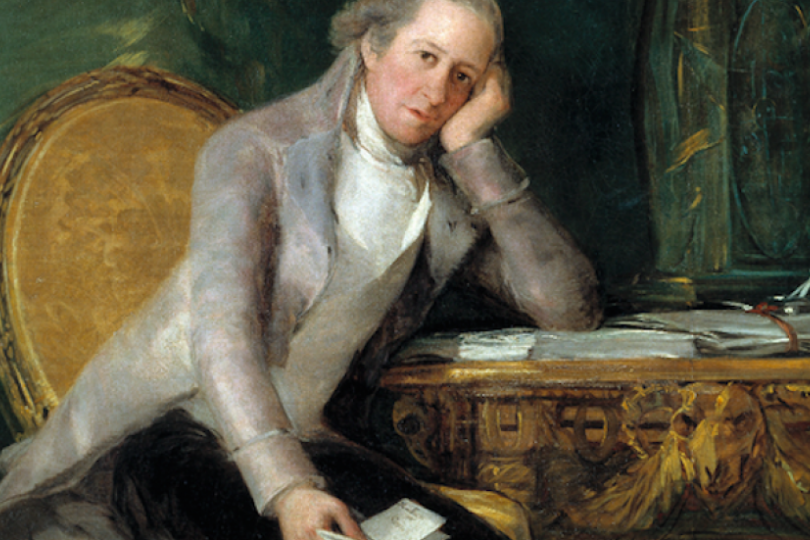In the eight years since I moved home to the Twin Cities to begin a career as an arts writer and editor, I’ve reviewed just about every kind of creative product there is, from books to movies to albums to art shows to flower shows. It’s all been challenging, and fun, and often intense—but never more intense than when I’m reviewing theater. Writing about theater is uniquely rewarding, and uniquely challenging.
When I write about theater I have the unmistakable sense that I’m closer to the creative process—closer to the bone—than when I write about other forms of creative expression. I feel the stakes are higher, and I choose my words especially carefully; I know the chances are relatively high that numerous people involved with the production will be intensely interested in what other reviewers and I have to say, and may be scrutinizing it word for word.
Indeed, as a writer, I’ve heard far more often from theater artists than I have from artists in any other field. Somehow, theater artists seem to feel more invested in what I write than do artists in other fields. I’ll hear—sometimes briefly, sometimes at great length, but usually quite promptly—from directors who think I misunderstood their vision, from actors who appreciate a positive mention, from playwrights who think they did better than I’m giving them credit for, from producers who are excited to have a positive clip to include in their grant applications.
The Law of Unintended Consequences
Reviews—important to all forms of artistic endeavor—have an especially pivotal place in the life cycles of plays. A book, a movie, or an album is complete by the time it lands on my desk: signed, sealed, delivered, and unlikely to change any time in the near future. A play, however, is just getting started when the reviews hit. Especially with a local show that may not be widely reviewed, my review has the potential to contribute to seats being filled or left empty. That’s a great responsibility, and I don’t take it lightly.
Those performers will be going out there again and again throughout the run of the show, with my review available for the world to read each time the actors hit the boards. The production will inevitably evolve over the course of the show’s run; my review won’t. Except in rare cases where I go back to take a second look, it’s that first impression that gets immortalized. My review can help or hinder the sale of tickets; perhaps even more significantly, it can color audiences’ (and even artists’) view of the work.
That’s also true of books and movies, of course, but the fact that a play must be renewed live by the artists each night makes the critic-performer interaction that much more intense. If my review of a record album makes a listener think about it differently, that might please or displease the recording artist, but either way, the grooves have already been cut. If I say that a performance in a play strikes the wrong note, the performer might second-guess himself—or might just seethe with frustration, wondering if any audience members have read my review and, because of it, are predisposed to dislike his performance.
The Permanent Record
Reviews are also a particularly important—and visible—form of documentation for theatrical performances. Once a book is out, it’s out forever, and it’s nearly as easy (if somewhat more time-consuming) to read the book itself as it is to read a review of it. Once a play’s run ends, however, future audiences can’t go back and see the play for themselves: in many cases, all they have to go on are a few reviews of the show.
Google any play that’s no longer ongoing, and reviews of the show are likely to be at or near the top of the results. If more thorough documentation (for example, a video) of the show exists, it’s unlikely to be readily accessible to the public. As a theater reviewer, then, it’s more important for me to give readers a reasonably thorough description of the show, no matter what aspects of the production I think are most interesting or salient.
This Conversation is also Criticism
Theater is, by definition, local: even in the case of a touring production, the artists are right there in the theater with the audience, live and in person. In a thriving scene like the Twin Cities’, the large majority of shows are staged by truly local artists—artists who live and work in the community, and who will probably continue to do so. That creates the possibility—in practical terms, the necessity—of long-term relationships between artists and critics. If I’m reviewing a play tonight I’ll likely be back, writing for the same publication, next time that company stages a show. I know that and the artists know that, making my review more like a contribution to a conversation than a once-and-done evaluation.
Criticism is important to me, and rewarding for me, because a critic helps to bridge artists and audiences. At its best, criticism can constructively contribute to the creative process and can help invite audiences to engage with work at a deeper level than they otherwise might. That’s true of any art form, but it seems especially true of theater.
The most meaningful piece of feedback I’ve ever received, as a critic, came from a playwright who wrote, “I learn something about my work every time I read your writing about it.” Then, on the other hand, there was the playwright who wrote sarcastically, “I’m sorry my play wasn’t as good as the better, cooler play you wrote in an imaginary alternate universe.”
What a theater critic writes seems to matter more, and to matter more quickly, than with any other type of art I’ve covered. I don’t flatter myself that my reviews matter every time, but that possibility—love it or hate it—feels very close every time I come home from a play, open my laptop, open the program, and start to type.
Jay Gabler
Jay Gabler's writing about theater has appeared in a number of publications.





